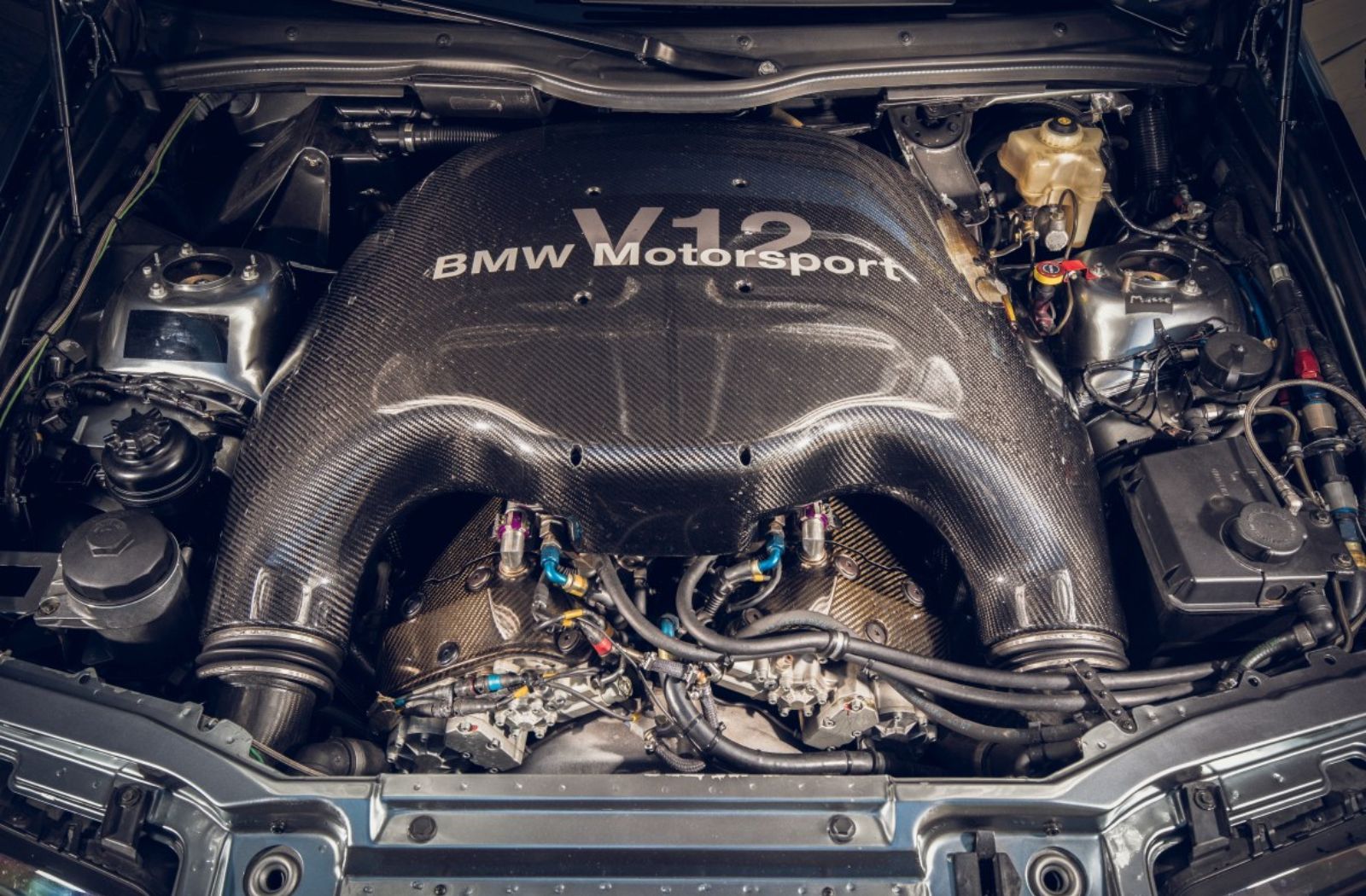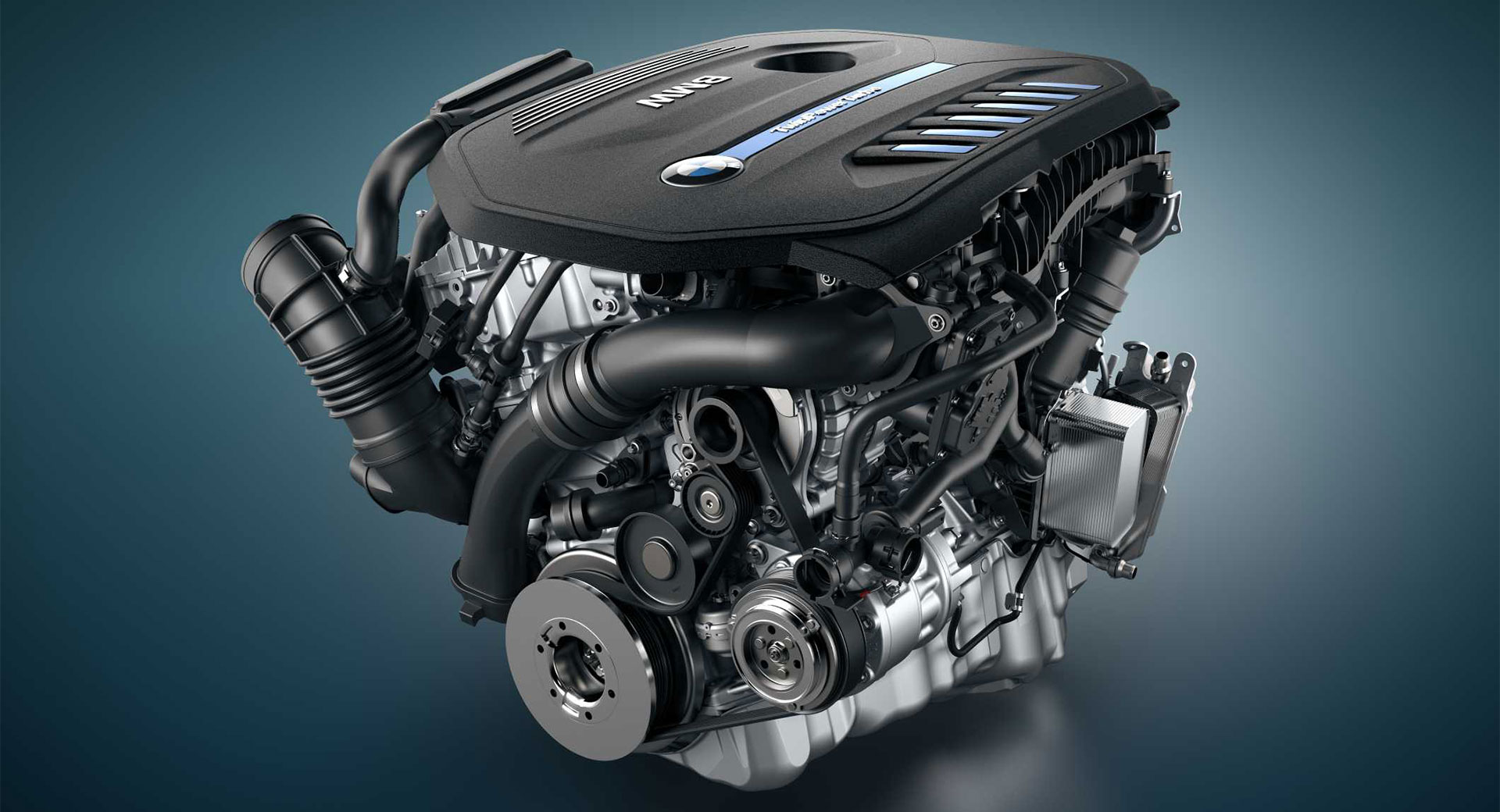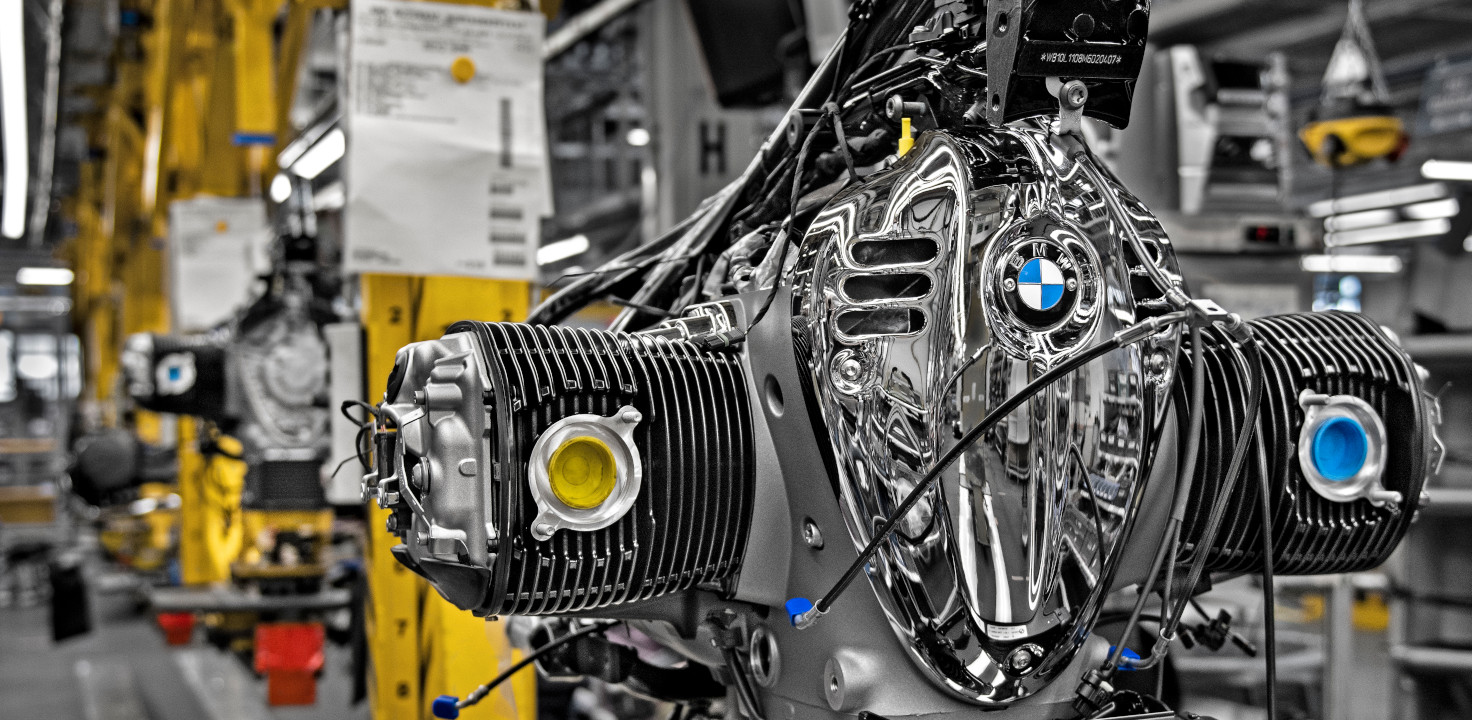Discovering the Performance Enhancements of the current BMW Engine Designs
Discovering the Performance Enhancements of the current BMW Engine Designs
Blog Article
From Principle to Reality: An In-depth Evaluation of the Design Marvels Driving Automotive Powertrain Advancements
In the realm of automotive engineering, the complex web of advancements driving powertrain development is a compelling story that unravels with precision and innovation. From the concept of sophisticated technologies to their realization in substantial vehicle powertrains, a journey filled with engineering marvels awaits expedition. As we browse via the realms of interior combustion engines, electrical propulsion systems, hybrid powertrains, and the integration of software program and connectivity, a tapestry of innovations arises. Nevertheless, real intrigue exists in the unraveling future patterns in automobile propulsion, where the boundaries of what is considered possible continue to be pushed.
Evolution of Internal Combustion Engines
The development of inner combustion engines has been a pivotal facet in the development of vehicle powertrains. Over the years, improvements in materials, producing strategies, and digital controls have actually substantially improved the performance, efficiency, and environmental kindness of inner combustion engines.
Among the key landmarks in this development was the advancement of fuel shot systems, which changed carburetors and made it possible for extra accurate control over the fuel-air mix. This technology not just enhanced fuel effectiveness but also reduced damaging discharges. Furthermore, the intro of turbocharging and variable valve timing further increased engine performance while satisfying rigorous discharges guidelines. Looking ahead, ongoing r & d efforts are concentrated on alternate fuels, hybridization, and electrification to move the development of internal combustion engines towards even higher efficiency and sustainability.
Increase of Electric Propulsion Equipments
In the world of automotive design, a remarkable change in the direction of electrical propulsion systems is presently reshaping the landscape of car powertrains. bmw engine. Electric propulsion systems, mostly driven by developments in battery technology and environmental concerns, are coming to be increasingly common in the auto market. These systems use countless benefits over typical inner burning engines, consisting of higher efficiency, minimized exhausts, and boosted efficiency capabilities

As car manufacturers remain to buy r & d, electric propulsion systems are expected to become a lot more advanced and widespread. The change towards electrification represents a turning point in auto background, indicating a significant departure from standard burning engine modern technology towards a much more lasting and effective future.

Advancements in Crossbreed Powertrains
With the growing demand for even more environmentally pleasant and fuel-efficient automobiles, innovations in hybrid powertrains have actually come to be a focal factor in the auto sector's search of lasting transportation options. Crossbreed powertrains combine traditional internal burning engines with electric propulsion systems, providing boosted gas effectiveness and reduced exhausts contrasted to traditional cars.
One trick innovation in hybrid powertrains is the growth of plug-in hybrid electrical lorries (PHEVs) These cars can be billed from an outside power source, allowing for expanded electric-only driving ranges. Additionally, advancements in regenerative stopping systems have see this website actually boosted the effectiveness of hybrid cars by converting kinetic energy during stopping right into electrical power to reenergize the battery.
Furthermore, car manufacturers are increasingly concentrating on maximizing the assimilation of crossbreed powertrains with advanced transmission systems to further improve overall effectiveness and efficiency. The usage of lightweight products and advanced control systems has likewise contributed to making hybrid powertrains a lot more portable and effective. In general, the continual improvements in crossbreed powertrains are leading the method for an extra lasting future in the automotive industry.

Combination of Software and Connectivity
Advancing the automotive sector's technological landscape, the integration of software and connectivity plays a critical role in improving automobile efficiency and user experience. Modern automobiles are increasingly coming to be interconnected ecological communities, where software-driven functionalities are effortlessly integrated with connection attributes to offer an extra enjoyable and efficient driving experience. Software program manages critical aspects of the automobile, such as engine management, transmission systems, and advanced driver-assistance systems (ADAS) These systems depend on intricate formulas to enhance efficiency, ensure safety, and lower exhausts.
Connection further improves this integration by enabling lorries to interact with external networks, other vehicles, and facilities. Through click here for more attributes like over-the-air updates and remote diagnostics, manufacturers can continuously enhance vehicle performance, address concerns quickly, and introduce new functions without requiring physical recalls. Additionally, connectivity enables sophisticated performances like real-time web traffic updates, remote car tracking, and seamless integration with mobile phones for boosted ease.
Future Trends in Automotive Propulsion
The evolution of automobile powertrain developments, particularly in the assimilation of software application and connectivity, sets a structure for exploring the future fads in vehicle propulsion. Looking in advance, key patterns are emerging that are poised to change the automotive industry.
These lorries may need distinct powertrain arrangements to support numerous degrees of freedom. Additionally, the assimilation of synthetic knowledge (AI) and maker knowing in vehicle propulsion systems is expected to improve performance and efficiency.
Conclusion
In final thought, the consistent evolution of auto powertrains has actually seen the advancement of inner burning engines, electric propulsion systems, hybrid powertrains, and the combination of software and connection. These developments have driven substantial improvements in efficiency, performance, and sustainability in the vehicle industry. Looking in advance, future patterns show an ongoing shift in the direction of electrification, self-governing driving, and connection, shaping the future of automotive propulsion systems.
The development of interior combustion engines has been a critical element in the innovation of vehicle powertrains.In the world of vehicle design, a remarkable change in the direction of electric propulsion systems is presently improving the landscape of automobile powertrains. Overall, the continual innovations in hybrid powertrains are paving the way for a more lasting future in the automotive sector.
The evolution of vehicle powertrain developments, specifically in the combination of software and connection, sets a structure for exploring the future fads in auto propulsion.In final thought, the constant evolution of auto powertrains Find Out More has seen the advancement of inner combustion engines, electric propulsion systems, crossbreed powertrains, and the integration of software program and connection.
Report this page